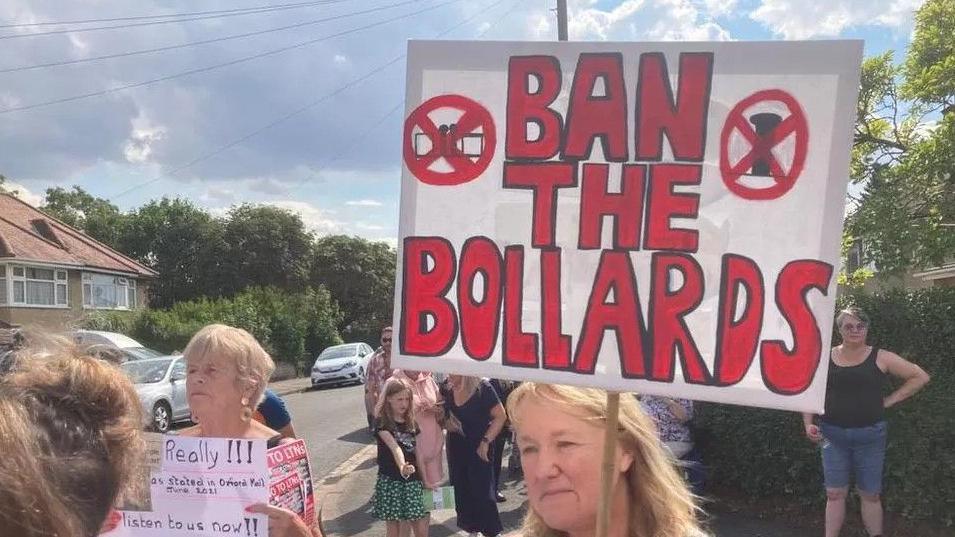Urgent health responders exempted from city's LTNs
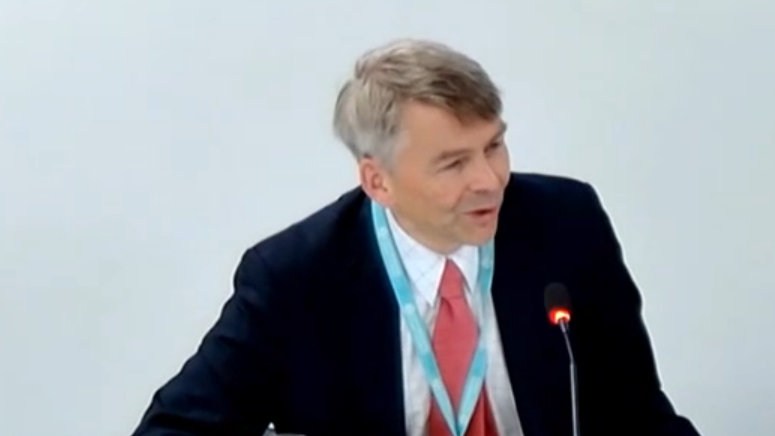
Andrew Gant said the change did not mean that other exemptions would be approved
- Published
Healthcare workers who assess and treat patients in crisis at home will be allowed to drive through restrictions in Oxford's two low traffic neighbourhoods (LTNs).
Introduced in 2023, the schemes stop motorists taking shortcuts through residential areas in East Oxford and Cowley.
Oxford Health NHS Trust supported the exemption for its urgent community response (UCR) workers, which could equate to about five or six vehicles a day.
The permission was granted by Oxfordshire County Council's cabinet member for transport management, Andrew Gant.
But he said it did not mean other exemptions in the LTNs would be approved.
"The numbers involved here are tiny and it's not the case that making one change automatically implies that other changes will follow," he said.
"Each proposal or suggestion is dealt with on its own merits."
He added that the council's plan for other measures, including traffic filters, would continue as part of a "multi-pronged approach" to cut congestion in Oxford.
Gemma Pugh, Oxford Health's head of transformation, said it was critical that urgent community responders got to people as soon as possible.
She said delays can lead to "serious knock-on effects" for people and ramifications on the wider NHS.
The healthcare workers often help older people who are having a health crisis or difficulties at home and seek to prevent transferring them to hospital, if possible.
The council has spent nearly £4m on the LTNs and its quickways cycling routes in Oxford since 2021.
Get in touch
Do you have a story BBC Oxfordshire should cover?
You can follow BBC Oxfordshire on Facebook, external, X (Twitter), external, or Instagram, external.
- Published8 May
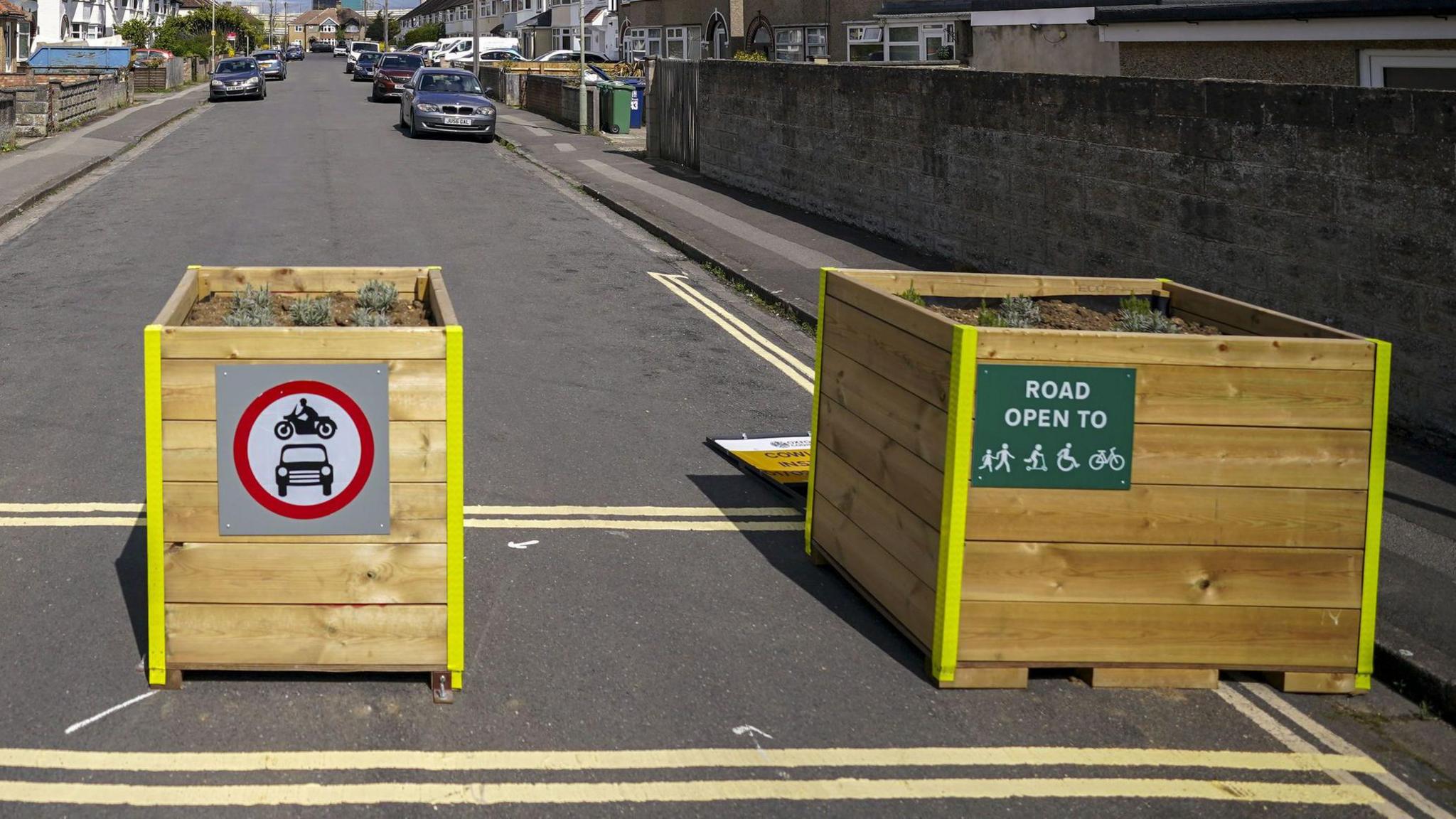
- Published12 March

- Published21 January
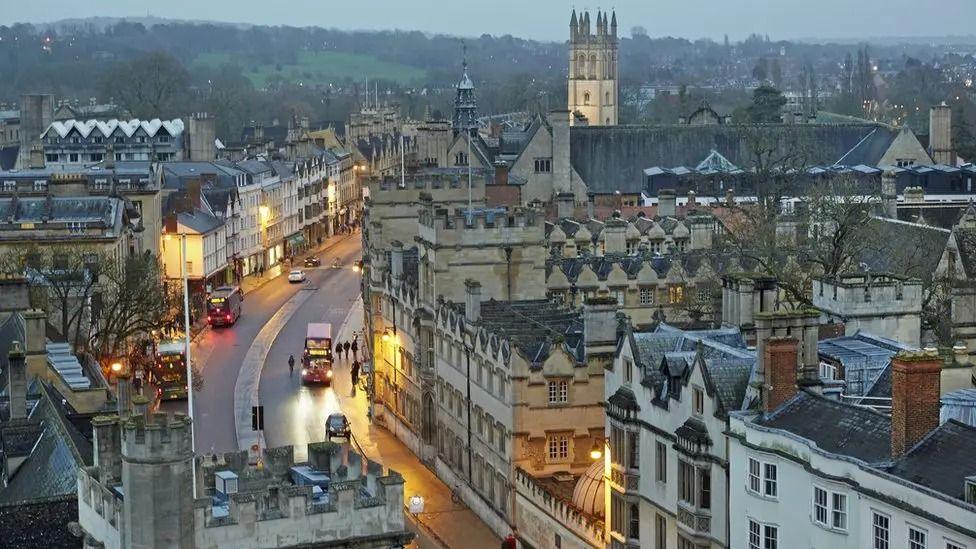
- Published16 October 2024
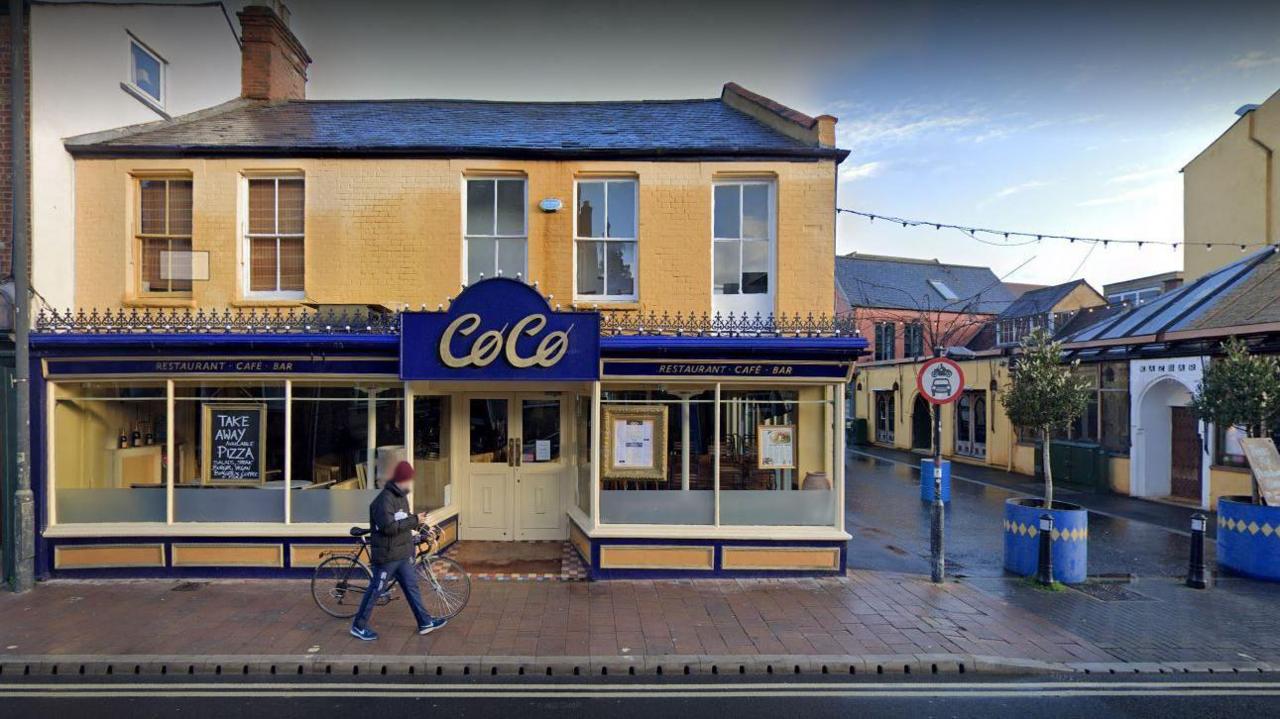
- Published3 July 2024
